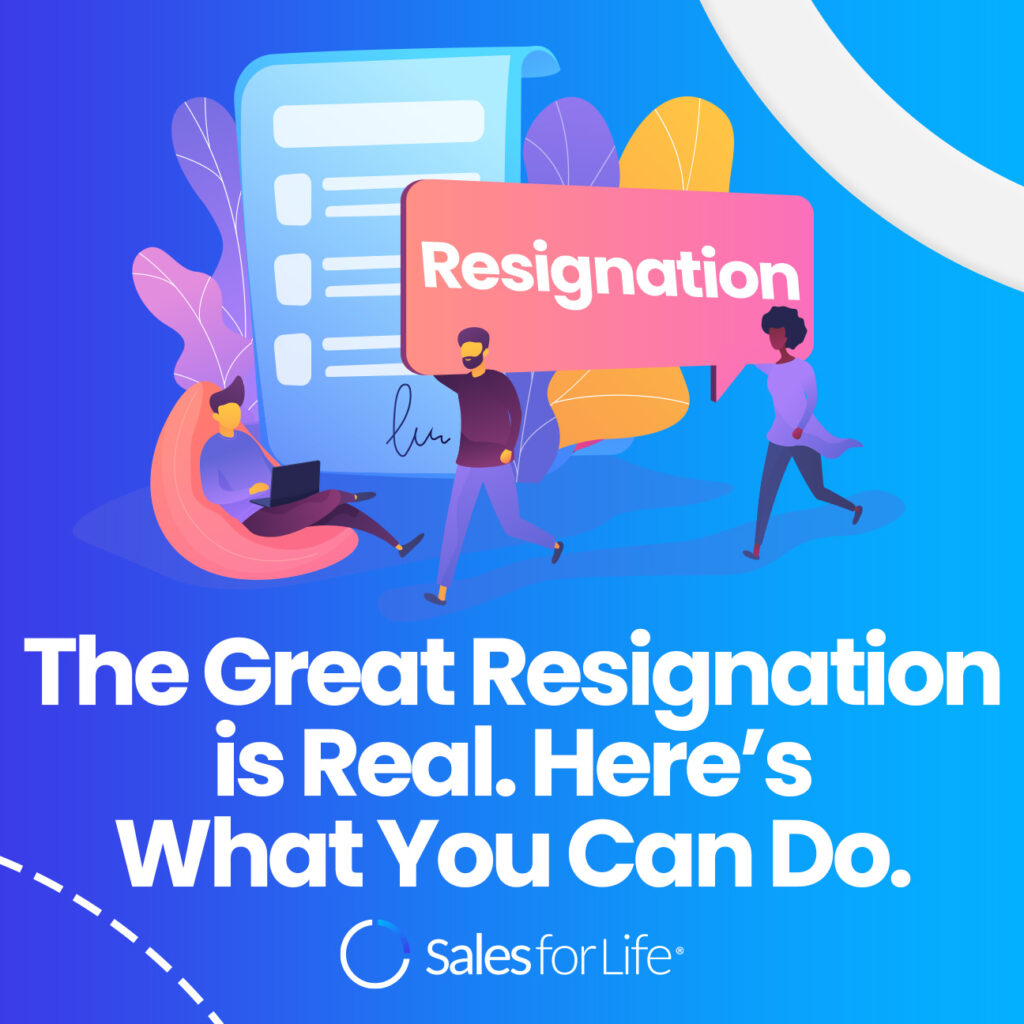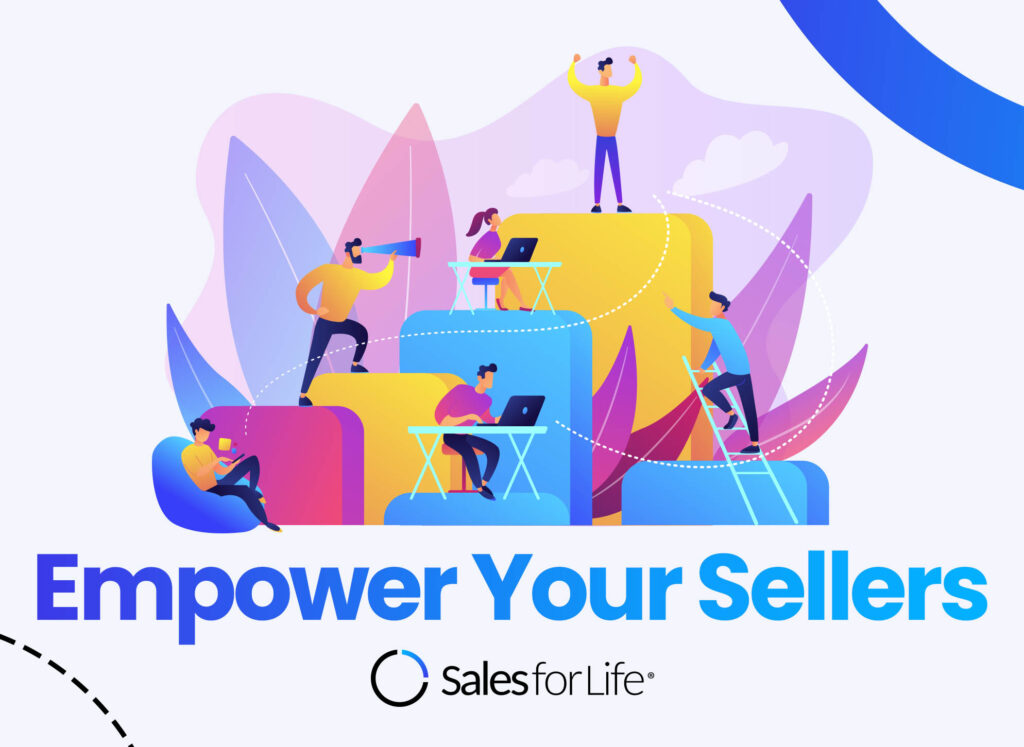The Great Resignation.
The Big Quit.
The Great Reshuffle.
The Brain Drain.
We’ve all heard about it, despite its many monickers. But what is it, and how does it affect all of us?
The Great Resignation is an ongoing economic phenomenon where employees in Western countries, India, and China have voluntarily resigned from their jobs en masse. This event started way back in early 2021.
Hundreds of thousands of workers have opted to become their own bosses in what was—and still is in some cases—considered a seismic shift in the global job market. In contrast, others have used their newfound time to travel the world or pursue single-interest activities.
As a result, there is a growing concern among workforce experts, economists, and the business community that the resignation trend will cause significant disruption to supply and demand balance across the global labor market.

How to Deal with the Great Resignation
Be Interesting and Appealing to the New Generation of Sellers
The workplace is changing rapidly. Millennials and Gen Zers are now in charge, looking for work experiences to help them develop their skills, advance their careers, and impact the world.
They want to be challenged and engaged with their work, while Gen Zers want to feel included. Both generations value collaboration over competition.
Millennials are known for being highly educated but also very mobile, so it’s no surprise that they seek out organizations that offer them opportunities to develop their skill set and advance their careers to achieve their goals. However, even though millennials are often considered the “digital natives,” Gen Z respondents were found to have similar expectations for workplace experiences; they would be willing to change jobs if it meant working for a company with a clear sense of purpose.
Have an Efficient Onboarding Process
The seller onboarding process begins when a company hires a new seller. It continues until the new employee has completed all required training and certifications, performed well on their first real-world sales call, and established a record of success in the field.
The onboarding process has many goals, including:
- Setting expectations with new sellers, so they understand the company culture, policies and procedures, and what it means to be a seller on [company name]
- Teaching new sellers how to use our tools and systems so that they can complete their work tasks effectively and efficiently
- Providing support for new sellers as they become acclimated to working with buyers from your industry.
Onboarding has become a critical part of sales, especially in B2B. This change is necessary because it allows for a more personalized approach to onboarding that gives sellers the tools they need to succeed. It also provides a faster ramp-up time since there are fewer steps between initial engagement and actual sales activity.

Empower Your Sellers
There is no better way to ensure the success of your sellers than by providing them with a strong sales coach.
A good sales coach will help your sellers develop their skills and abilities over time to keep up with the changing landscape of the marketplace.
The business world is constantly changing, and if you want to stay ahead of the game, you need to provide your team with constant training and development opportunities.
A good sales coach can help you get to the next level by:
- Helping you identify your strengths and weaknesses
- Setting goals that are achievable but challenging
- Providing actionable advice that will help you achieve your goals







